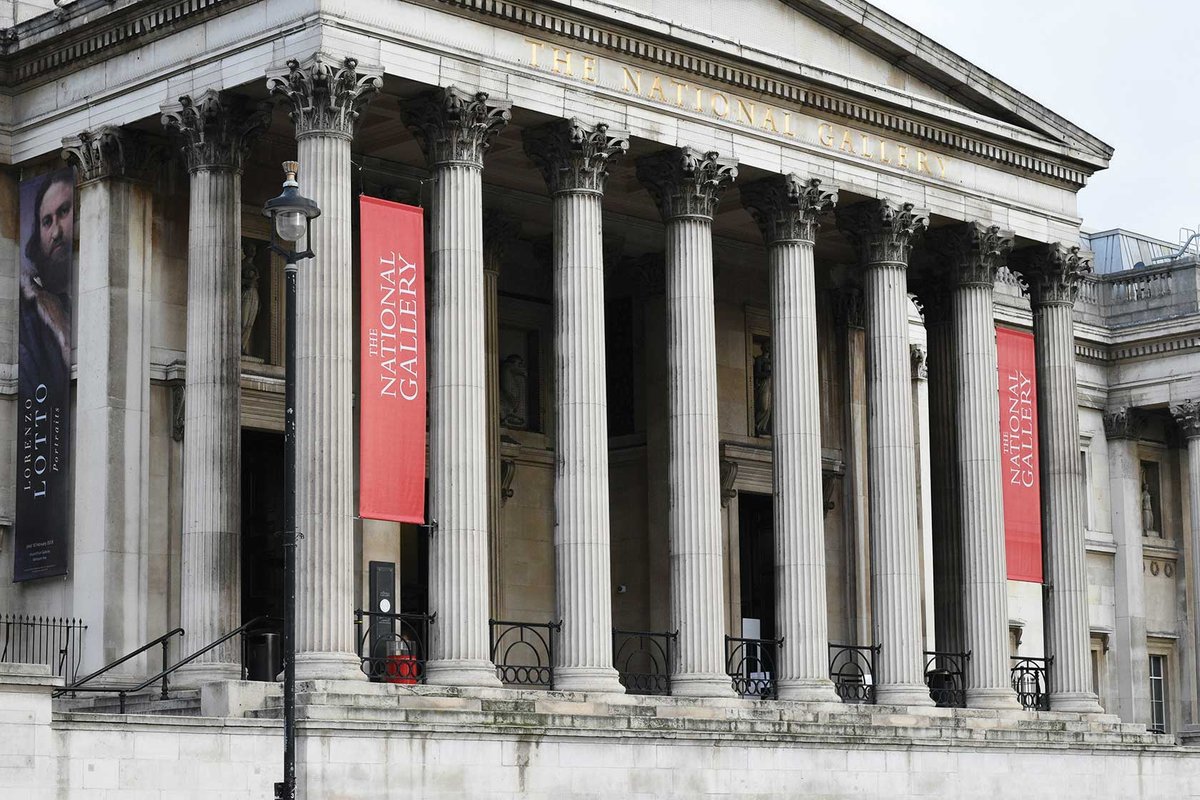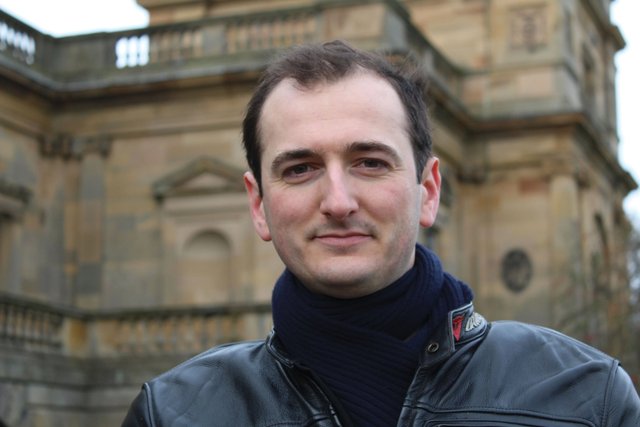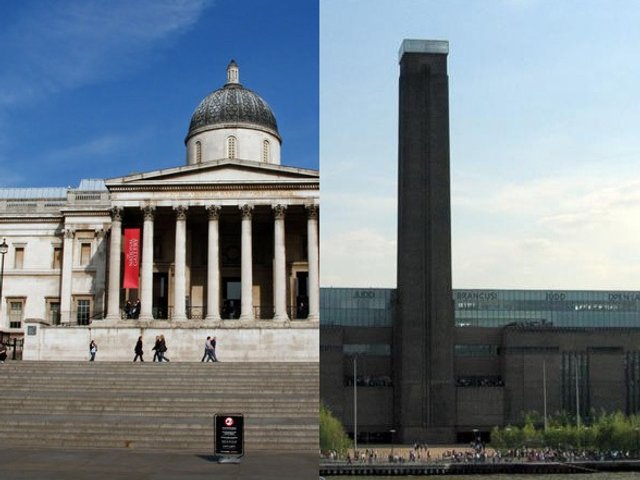Gabriele Finaldi, the director of the National Gallery, likes to think big. Just months after unveiling the gallery’s new entrance he announced plans for a new wing. Normally these announcements launch ambitious funding targets, but Finaldi has already raised £375m. If we add on the £95m raised for the NG200 development and various picture acquisitions, then in ten years as director he has raised over half a billion pounds.
This alone is an astonishing achievement. No other cultural leader in the UK or Europe has come close. Finaldi will rival Neil MacGregor as Britain’s most consequential museum director of modern times. In fact, they will be a fitting double act; it was MacGregor who had the foresight to acquire the site on which the new wing will be built.
Tate Britain struggles to compete as a home for the greatest British art
Finaldi, however, wants more. For he is also radically changing the National Gallery’s collecting criteria. Previously, the gallery has displayed paintings up to around 1900. Finaldi now wants to go up to the present day. The National Gallery, for two centuries devoted to historic art, will become within a decade a museum of both Modern and contemporary art.
I think this is a mistake. Just over a mile either side of the National Gallery lie two other national institutions which already serve this remit: Tate Modern and Tate Britain. With no clear dividing line between their collections, these two institutions will be competing for the same audiences, over the same funding and for the same pictures. And, worryingly for the Tate, it is not hard to see how the National Gallery, with its greater prestige, will win.
The dividing line between the Tate and the National Gallery has been carefully maintained for over a century. Henry Tate gave his support to a new “National Gallery of British Art” on the assumption that the National Gallery would “stick to Old Masters”. This was formalised by a government inquiry under Lord Curzon in 1915. The latest iteration of the deal, agreed in 2009, saw the Tate concede that the National Gallery might acquire some early 20th-century works, but the latter insisted it had “no intention to seek bequests or long-term loans of early 20th-century paintings” unless they were late works by artists rooted in the 19th century, like Monet.
These agreements are now to be torn up. A vigorous behind-the-scenes debate has been going on between the two institutions for over a year. Although press reports indicated the Tate’s enthusiasm for the change, read between the lines of the Tate director Maria Balshaw’s quote and it is clear she gives only qualified support. There is much still to be agreed.
Periodic raids
Unfortunately for the Tate, it is now on the back foot—and not for the first time. When the Tate was founded, the National Gallery retained the best British paintings, including Constable’s Hay Wain and Turner’s Fighting Temeraire. Since then, it has periodically raided Tate’s collection for works like Wright of Derby’s Experiment on a Bird in the Air Pump, which it reacquired in 1986. As a result, Tate Britain struggles to compete with the National Gallery as a home for the greatest British art. Now Tate Modern faces the same challenge.
As in 1915, government can resolve the situation. In its manifesto, Labour promised it would require national museums to “increase their regional and national engagement and loans to public spaces”. This promise cannot be met if our two most powerful institutions (only one of whom, the Tate, has regional locations) sink hundreds of millions of pounds into collecting and displaying similar art within a few miles of each other in central London. The government must use this as a moment to consider the interests of the national collection as a whole. Like Finaldi, it has a duty to think big.




